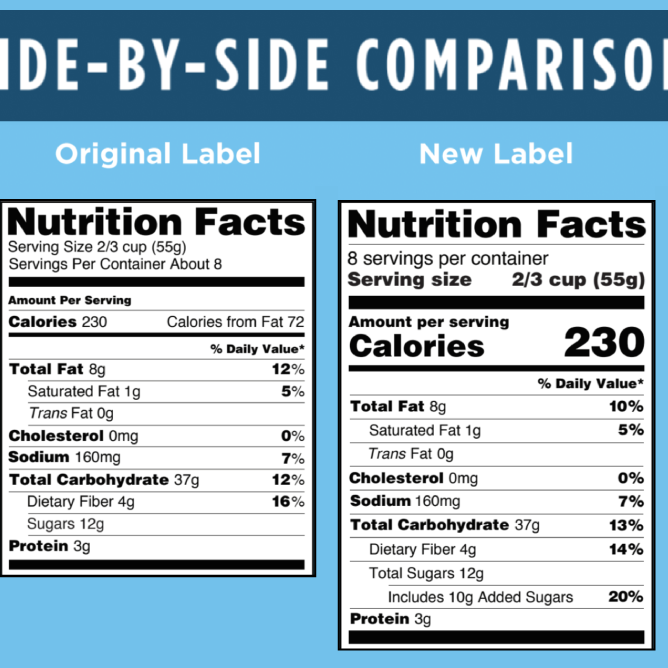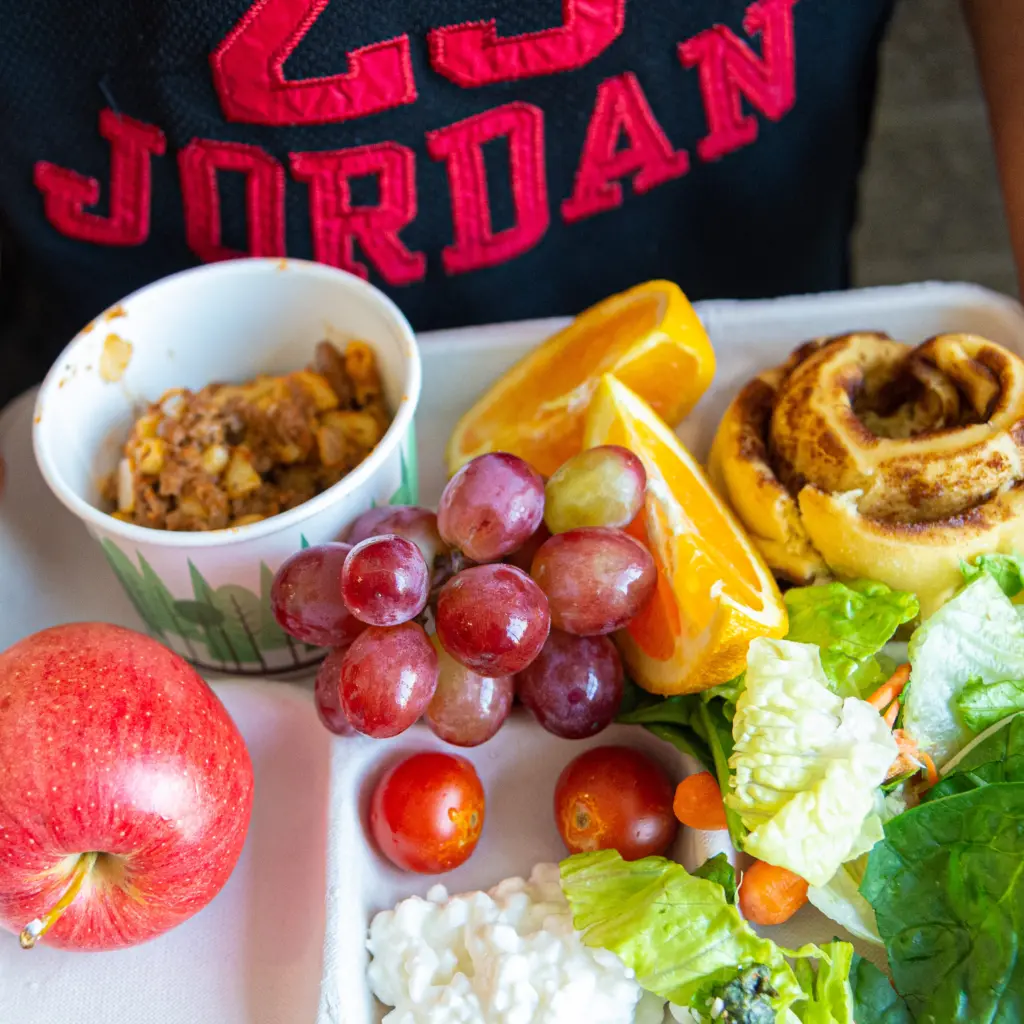How are companies marketing sugary drinks?
In 2018 alone, companies spent more than $1 billion on advertising sugary drinks.
A UConn Rudd Center Sugary Drink FACTS report9, released in June 2020, also found that:
- More than one-half of the $1.04 billion in sugary drink ad expenditures promoted regular soda and soda brands ($586 million), a 41% increase over 2013.
- Sports drink advertising increased by 24%, totaling $159 million in 2018, and advertising for sweetened iced tea almost tripled, from $38 million in 2013 to $111 million in 2018.
- In contrast, total advertising spending for diet and unsweetened drink categories (including plain water and 100% juice) totaled $573 million in 2018 – less than the amount spent to advertise regular soda and soda brands alone.
Deceptive marketing practices shape kids’ preferences and purchases, and therefore, their diets, overall health and life trajectory. These practices are particularly targeted toward communities of color10 through place-based marketing, prices designed to appeal to specific income groups, promotions that exploit cultural images and language, and products that are developed specifically for their communities.
Kids are particularly vulnerable to unfair advertising and marketing practices. Research shows companies spend more money directing sugary drink ads at Black and Latinx youth – and companies target kids as young as age 2 with TV ads for sugary drinks. For example, spending on sports drink advertising increased 745% from 2013 to 2018 and exposure to these ads among Latinx kids increased 10-fold or more during that period. In 2018, Black children and teens saw twice as many ads for sugary drinks as their white peers.
The majority of children’s drinks sold in 201811 were sweetened fruit drinks and flavored waters with added sugars and/or low-calorie sweeteners. Looking at the front of the packages, many sugary children’s drinks appear to be healthy choices, with images of fruit and nutrition-related claims, but none meet expert recommendations for drinks that should be served to children under age 14.
What policy efforts are underway to reduce sugary drink consumption?
At the federal, state and local levels, community members and decision-makers are creating and implementing policies to promote healthy beverages and curb kids’ consumption of sugary drinks.
Taxing Sugary Drinks
- Raise the price of sugary drinks, such as via an excise tax, along with an accompanying educational campaign. Tax revenues should go in part toward reducing health and socioeconomic disparities. Learn more about how different places are taxing sugary drinks and using the revenue to promote health. (state and local)
Labeling Sugary Drinks & Providing Guidance for Consumption
- An updated Nutrition Facts12 label, which took effect in January 2020, now includes the amount and percent daily value of added sugars in addition to total sugars. Beverages that could be consumed in one or multiple servings (like a 24 ounce soda) will have a dual label to show the amount of sugar and calories in the entire bottle, as well as per serving. (federal)
- National menu labeling guidelines, a provision of the Affordable Care Act, require chain restaurants and other similar food retail establishments to provide nutrition information (including added sugars) to consumers upon request. (federal)
- The Dietary Guidelines for Americans13, which sets nutrition standards utilized by a number of federal nutrition programs such as school meals and WIC, recommends that children and adults consume less than 10 percent of their daily calories from added sugars. (federal)
- Head Start14, which serves more than 1 million low-income children15 under age 5, requires its programs to make drinking water easily accessible throughout the day. (federal)
- The Child and Adult Care Food Program16, which provides meals and snacks to 4.2 million participants each day, updated its nutrition standards in 2017. This includes new limits on juice and allowing only non-flavored milk for kids under age 5. (federal)
- The U.S. Department of Agriculture’s current school nutrition rules17 prohibit serving sugary drinks with school meals, limit sugar included in “Smart Snacks in School,” and call on schools to feature only advertising for foods and drinks that meet “Smart Snacks”18 nutrition guidelines. In elementary and middle schools, this includes water, milk and juice. Schools are also required to provide free, potable water to kids during lunch at the locations where meals are served. (federal)
- Allowing just water and non-flavored milk to be served in early care and education19 programs. (state and local)
Limiting Marketing of Sugary Drinks
- Allowing only healthier drinks like water and milk, as opposed to unhealthy drinks like sodas, as the default options on kids’ meals20 at restaurants. (state and local)
- Some states also have introduced bills requiring warning labels for sugary drinks, though none have yet passed. Surveys of teens21 and parents22 find warning labels show promise for deterring people from buying sugary drinks. (state and local)





